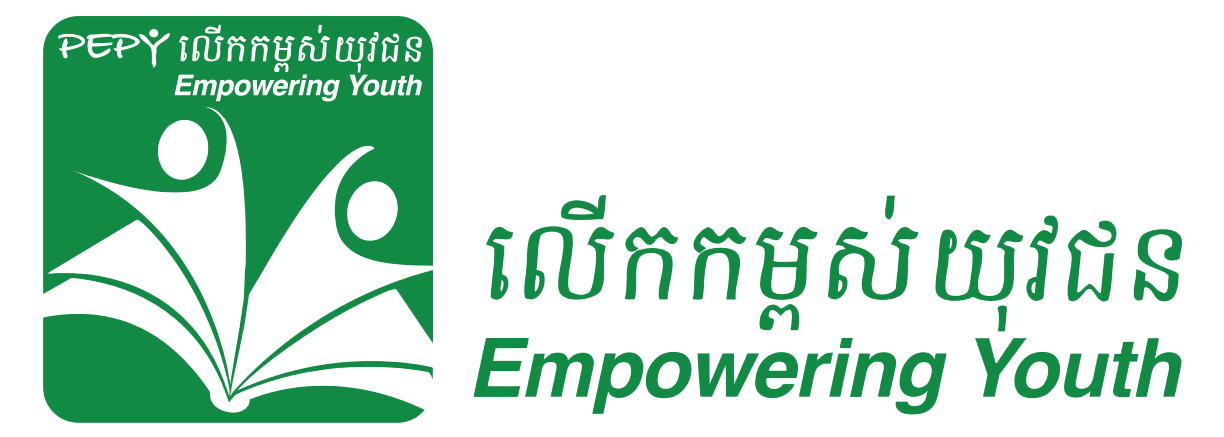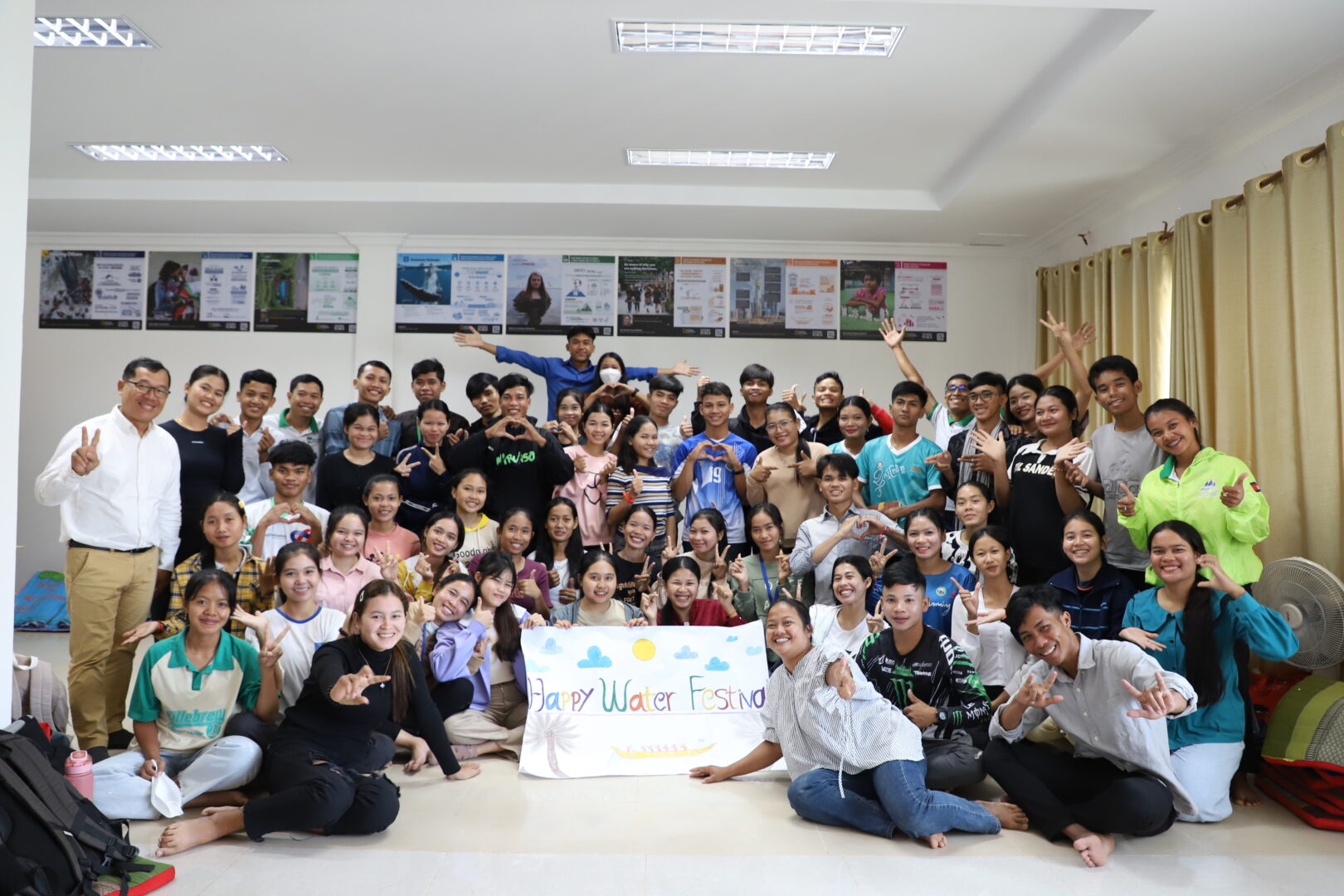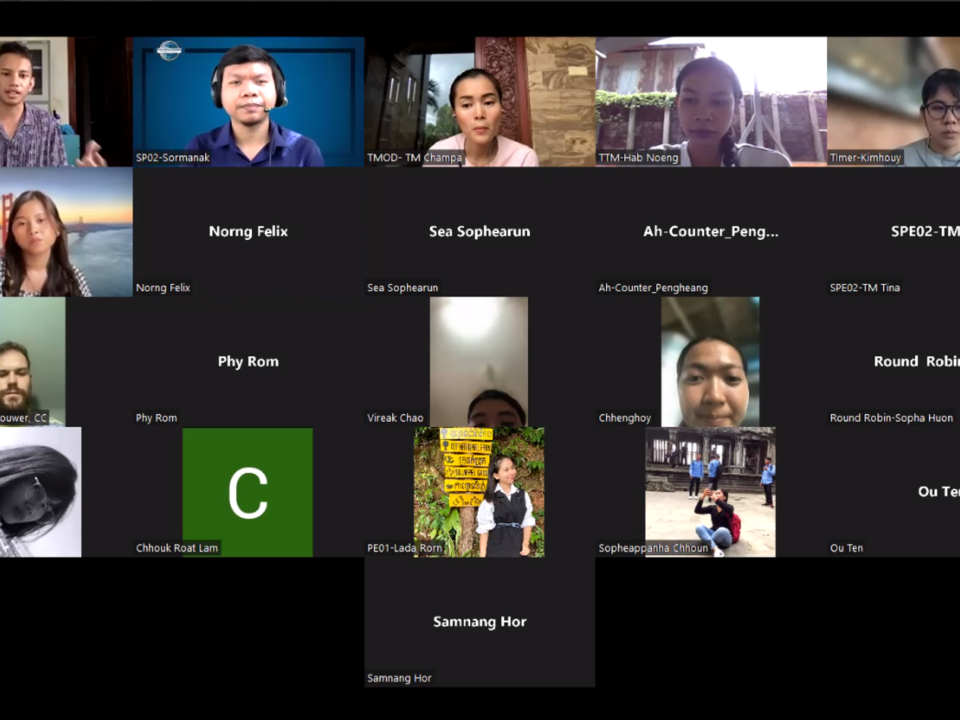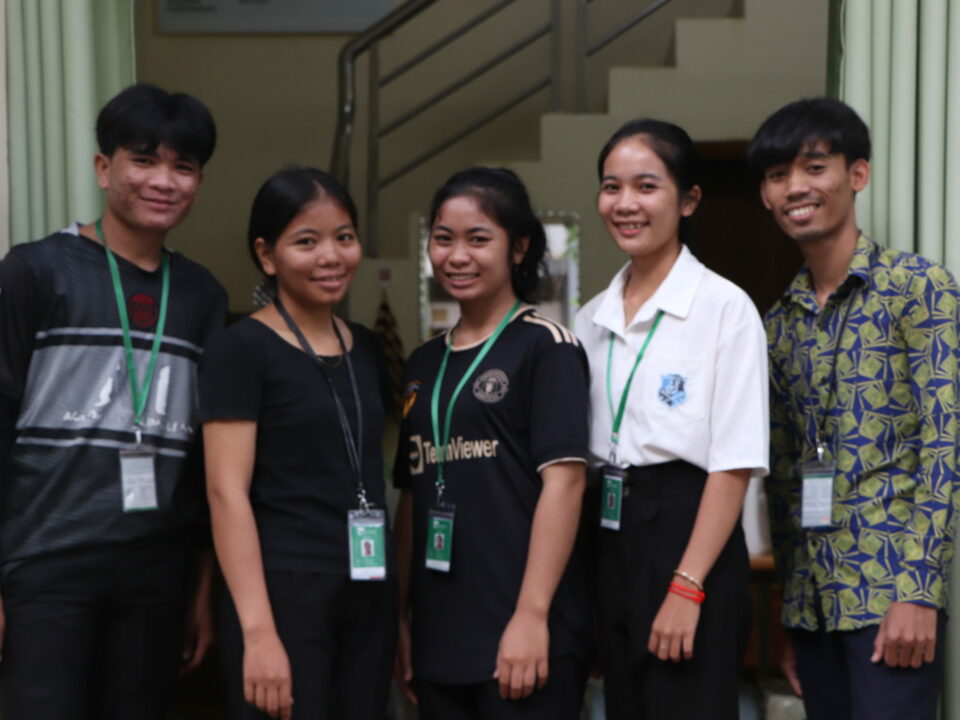In transition: Chanleas Dai schools take ownership of PEPY projects
August 22, 2012PEPY invites seven exceptional students to join our inaugural advisory board
September 11, 2012
Recently, we’ve been learning about log frames. For anyone not working in development, this might conjure up images of wooden assault courses or romantic four poster beds. Log frames, or “logical frameworks” are a tool to help development professionals design projects. A log frame is a grid to be filled in, covering project goals, purpose and activities, indicators of success, assumptions being made, etc. This tool is part of a methodology called the “Logical Framework Approach” which encourages community involvement in making the decisions and sourcing the information needed to complete a log frame.
Log frames seem to be something of a religion in the development sector. Many donors, especially governmental and large aid organizations, insist every project has one. If it doesn’t, you risk a certain type of judgment, and are less likely to be one of the chosen ones.
At PEPY, our projects don’t have log frames. This isn’t, however, because we’ve decided to start our own cult. As we’ve acknowledged before, our projects in the past were often developed without enough planning. If we had gone through the log frame process when we designed the project, we may have been able to avoid some of the challenges we later encountered. In addition, while an absence of log frames doesn’t mean our projects have less impact, it does mean we are less able to demonstrate that impact. Without formalized indicators of success, how do we measure the success that we see? We know it’s happening – we can see it with our own eyes – but we can’t prove it.
There are other considerations, however, when contemplating a conversion to log frames as there are some inherent dangers in relying too heavily on this approach:
- Many of the terms used in designing log fames have subtle differences in meaning – for example – the difference between output, outcome and impact. This can be difficult for non-native speakers (and sometimes natives speakers) to grasp.
- Terms vary. There are different versions across the development world. They all mean the same thing but use different words which can result in confusion.
- Life isn’t logical. You can draw up the best log frame in the world and implement it wonderfully. You might see great success in an unexpected area but the project would still “fail” based on the indicators of success set out by the log frame. They can be too inflexible to account for the unpredictable nature of life. The frameworks need to be regularly reviewed and revised to take this into account.
- The weaknesses in Cambodia’s education system mean that critical thinking, analysis, and problem solving skills can be hard to find, even in experienced professionals. It is common practice to accept a plan and structure and stick to it, without continuing to question the efficacy or relevance. While log frames can help ensure that some good questions are asked to begin with, they do not ensure that the right questions – or any questions – will be asked during the implementation of the project.
In balance, we feel that as long as we are aware of these potential problems then joining the log frame religion will ultimately help us in our quest to continue improving our work. We’re making sure our goals and activities are linked in a logical way, analyzing risks, setting indicators and developing tools to measure our success. Our management team has received training and we’re hoping to hire additional team members to support us in this process. We recognize that life is messy, that things meant for clarity can equally cause confusion and that one tool can’t provide all the answers. However, we are committed to consistently evaluating and re-evaluating our projects in order both to improve them, and also to hold ourselves accountable to our supporters.



